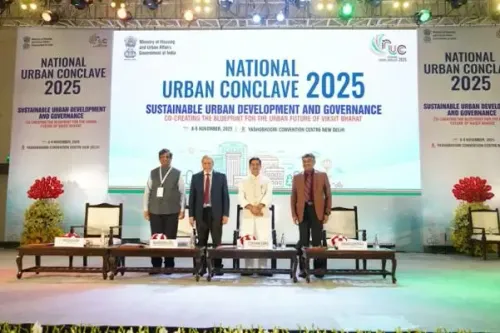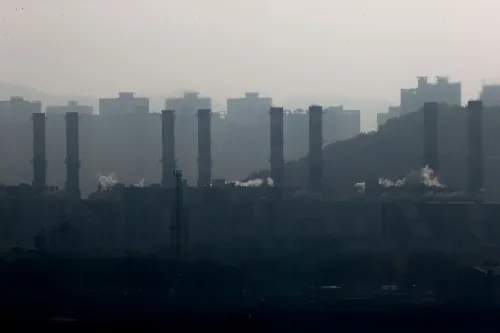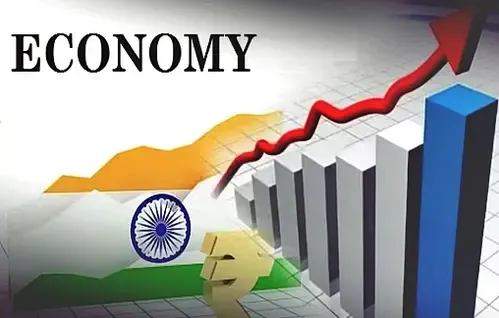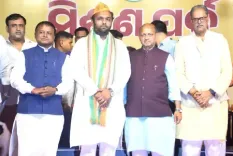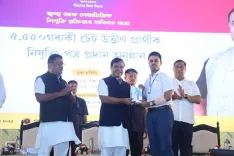Should Urban Mobility Planning in Tier 2 and 3 Cities Start Now?

Synopsis
Key Takeaways
- Immediate action required for urban mobility planning in tier 2 and 3 cities.
- Expansion of Regional Rapid Transit System is essential.
- Introduction of premium compartments to encourage public transport use.
- Success stories in urban transport were acknowledged and rewarded.
- The next UMI Conference will be held in Bhubaneswar in 2026.
New Delhi, Nov 9 (NationPress) Urban mobility planning in tier 2 and 3 cities needs to commence immediately, ensuring these cities are well-prepared and future-ready as they transition into tier 1 urban centers, stated Union Minister Manohar Lal on Sunday.
The minister emphasized the necessity of broadening the Regional Rapid Transit System (RRTS) beyond the Delhi–NCR area to include other significant metropolitan areas like Chennai, Mumbai, and Bengaluru. This expansion aims to enhance regional connectivity and decrease travel times between urban clusters.
He made these remarks at the three-day Urban Mobility India (UMI) Conference and Exhibition 2025 held in Gurugram.
This event also saw the launch of various publications. During the closing ceremony, the logo for the PM e-Bus Sewa Scheme and its official website were unveiled by Manohar Lal, as reported by the Ministry of Housing and Urban Affairs.
During the closing session, Manohar Lal recapped the essential discussions from the conference and spotlighted key outcomes and future pathways.
He proposed that metro authorities consider introducing premium or luxury compartments aimed at high-income passengers to incentivize the use of public transport, thus making public transit more inclusive, aspirational, and financially sustainable.
Additionally, he announced that the 19th Urban Mobility India (UMI) Conference and Exhibition 2026 will take place in Bhubaneswar, Odisha, from October 23-25, 2026.
The conference concluded with the presentation of awards in various categories of Urban Transport.
Chennai City was awarded the Best Public Transport System, while Udaipur City earned the Best Non-Motorized Transport System accolade, and Aizwal received a Special Award for Mizoram’s Traffic Management System.
The conference attracted esteemed national and international guests, featuring more than 170 speakers and over 1,600 delegates from eight countries. In the exhibition area, 25 exhibitors showcased their innovations.

